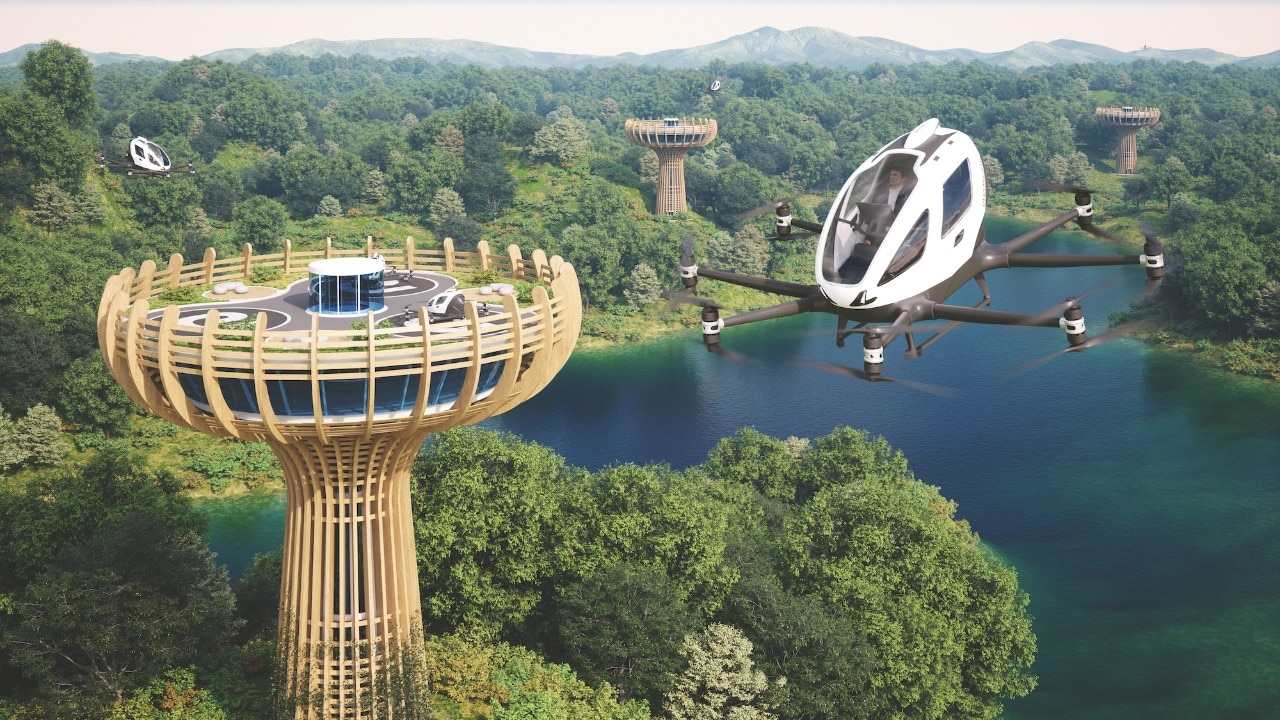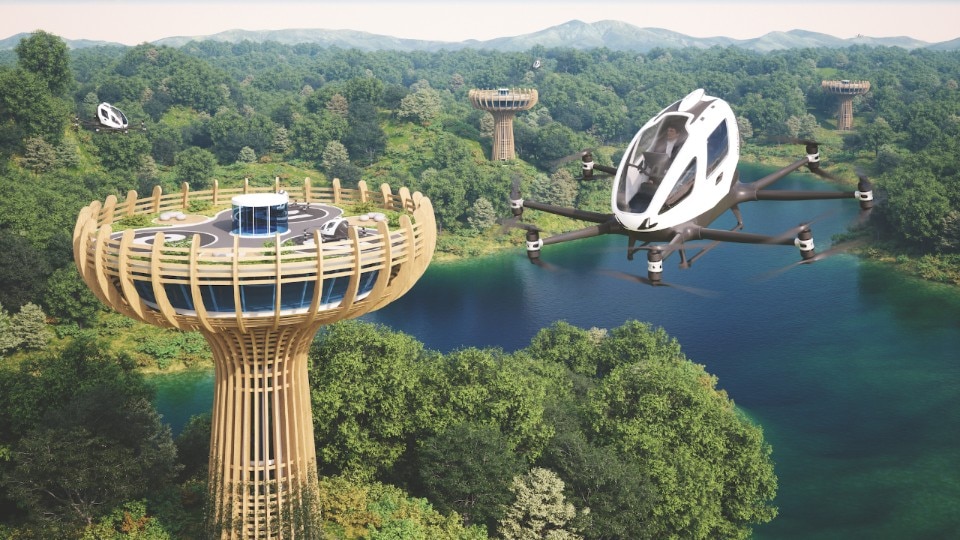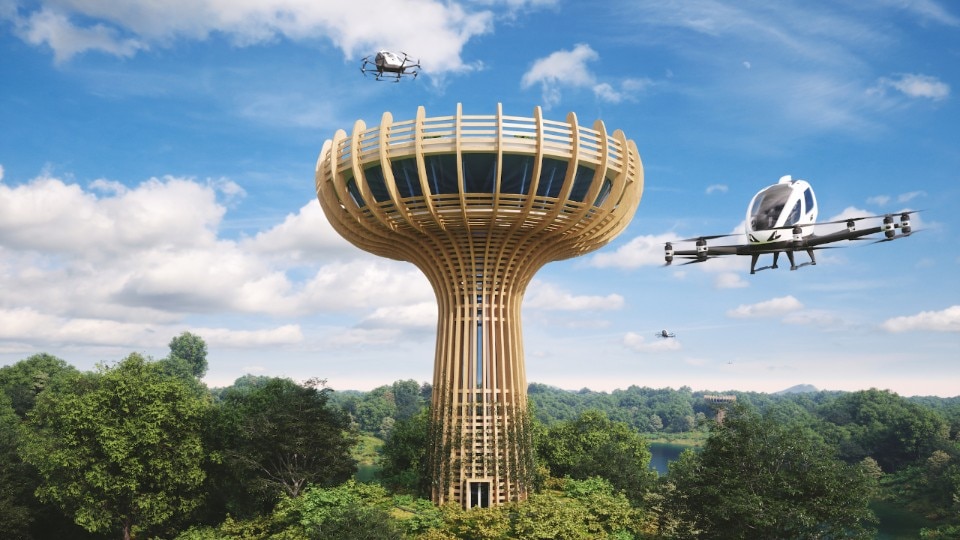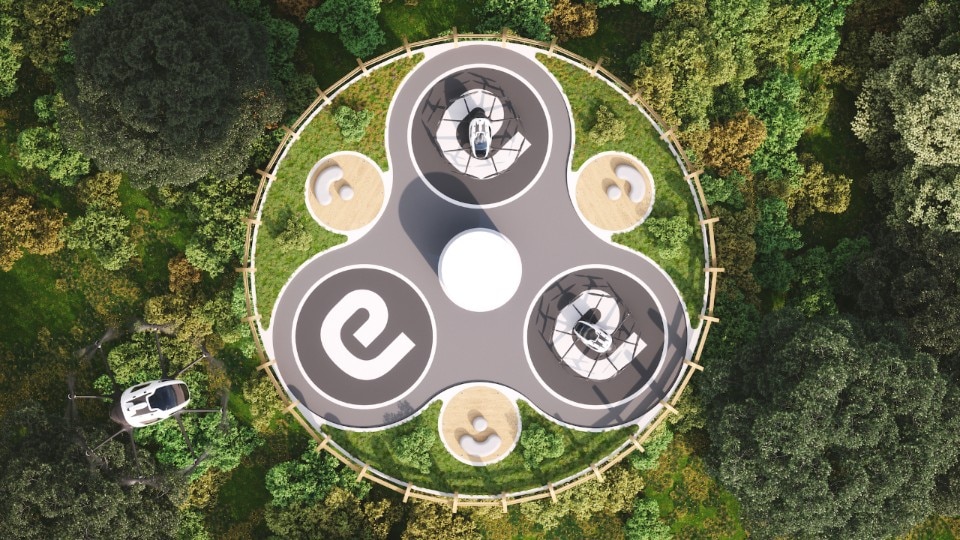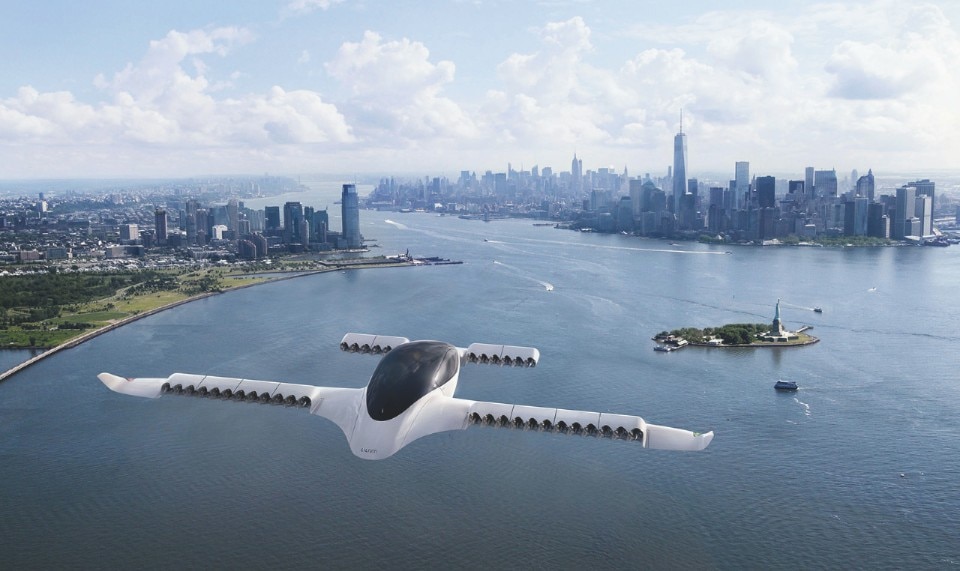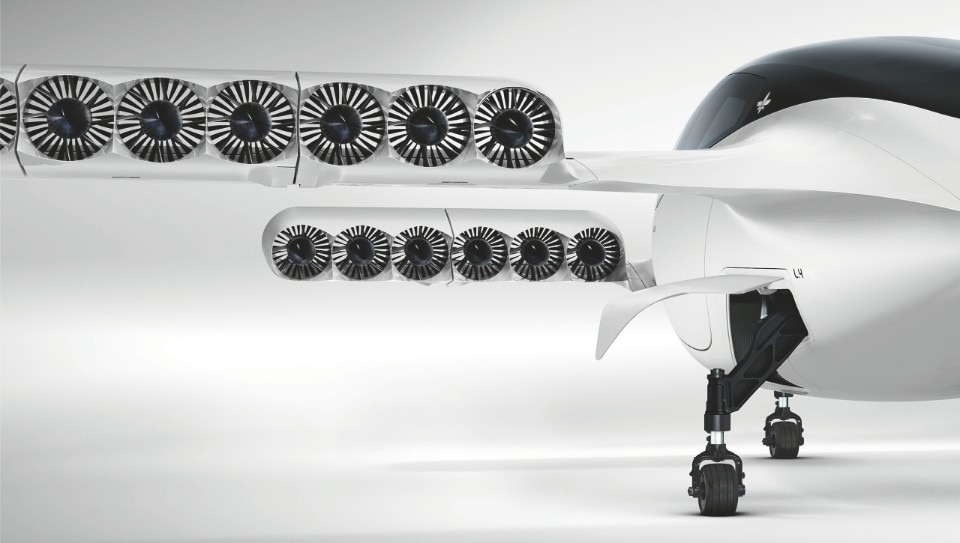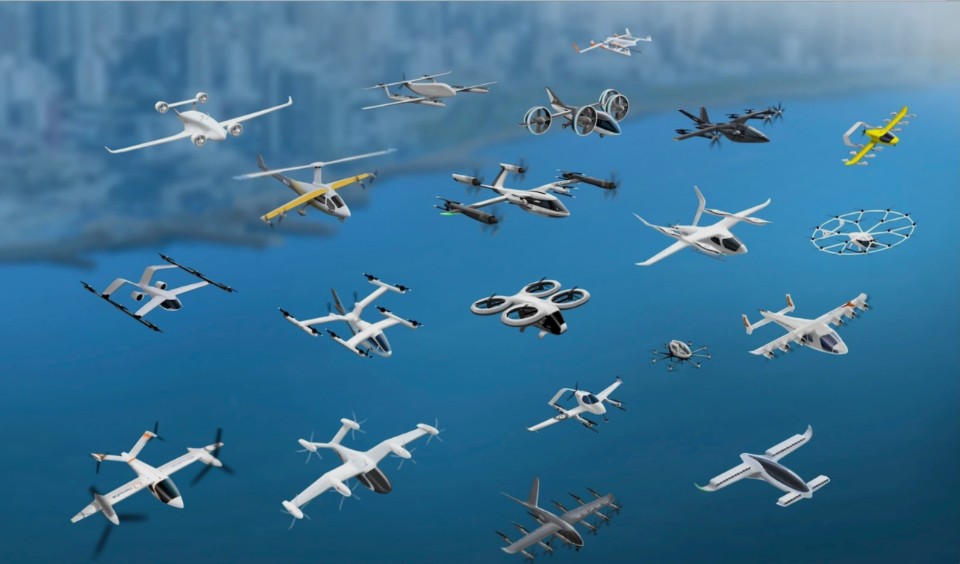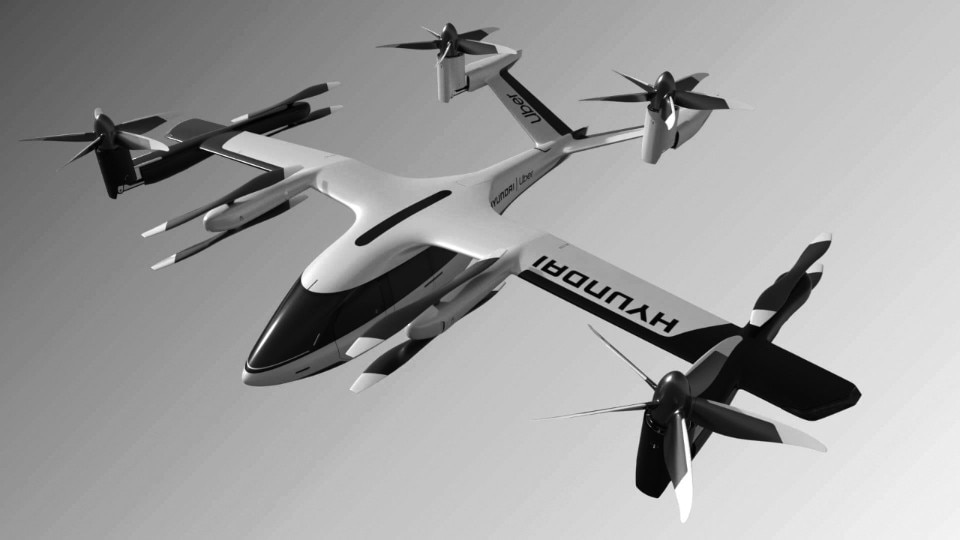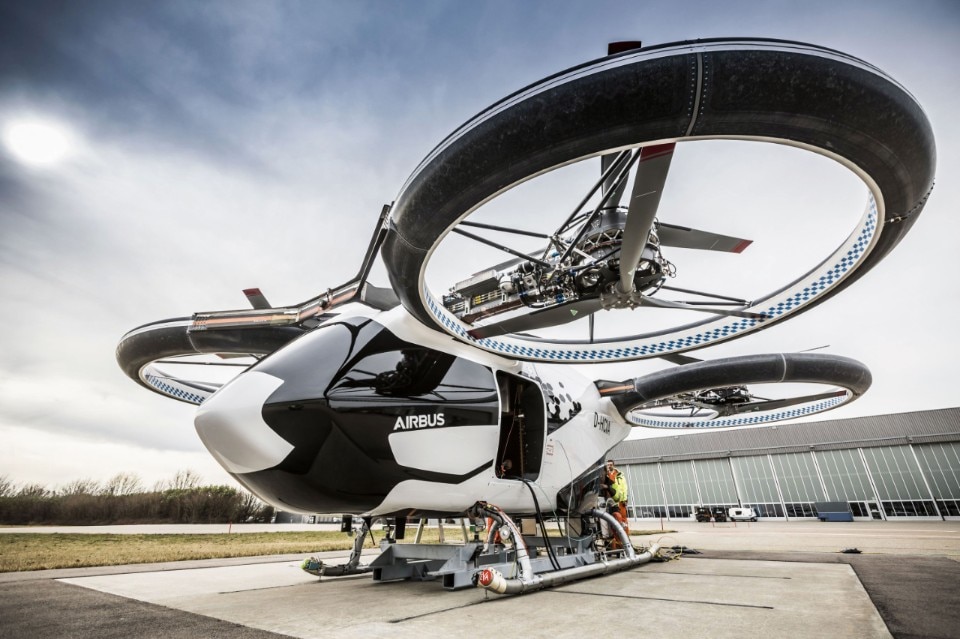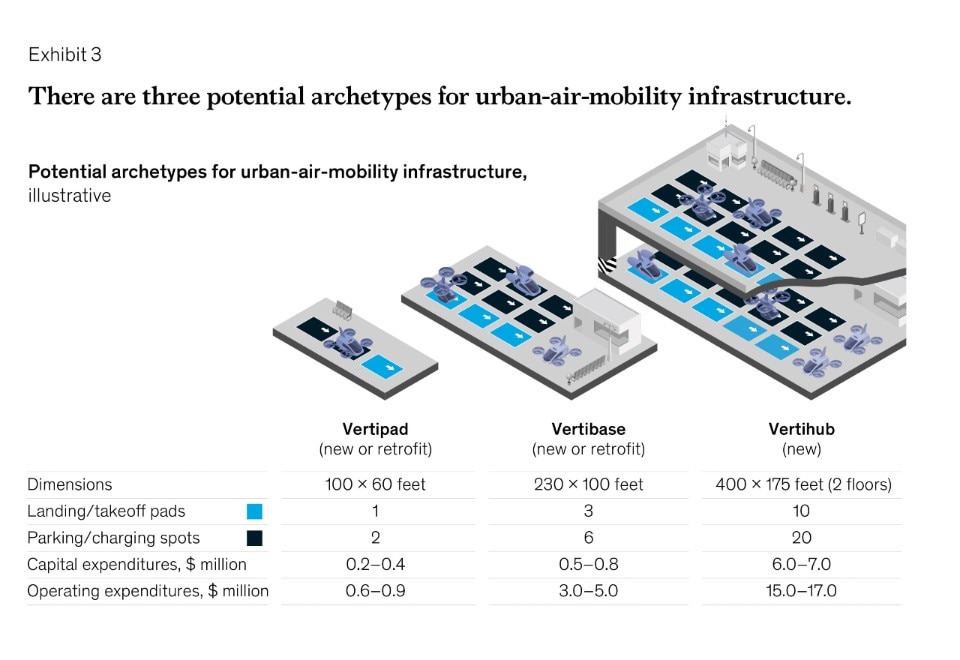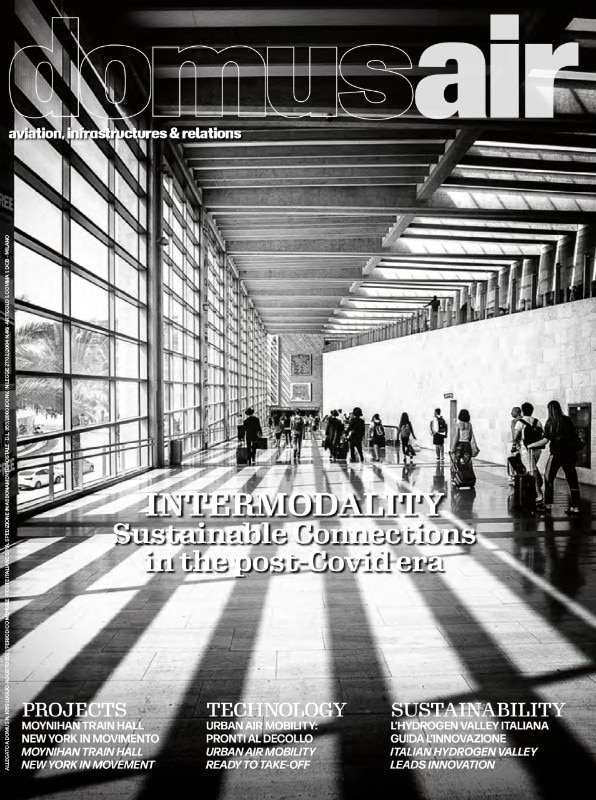The revolution in air transport in four dates: naturally 7 December 1903 and the first flight of the Wright brothers; 6 October 1973, during the Yom Kippur War, the first use of a military drone (Unmanned Aerial Vehicle - UAV), the Tadiran Mastiff; 21 October 2011, with the first piloted flight of the German start-up Volocopter’s Vertical Take-Off and Landing (VTOL) prototype; and lastly, a number of dates between June and September of this year when no fewer than thirty companies (30 selected out of 150 candidates!) will engage in Urban Air Mobility (UAM) tests over Paris. More specifically, the testing will take place at the Pontoise-Cormeilles Aerodrome, north-west of the French capital, with a view to establishing one of the world’s first air taxi services in time for the 2024 Olympic Games. The Games will be the grandstand for a service much desired by the Mayor of Paris, Anne Hidalgo, to connect the Charles De Gaulle airport to the city centre and the Olympic venues. The service will be managed by ADP, which manages the Parisian airfields, together with RATP, which handles local transportation, and the development agency Choose Paris. The three had worked extensively on regulations, which, together with the physical spaces where these vehicles will operate, are essential for the development of a market reputed by many analysts to be worth billions. Asian megalopolises and, with an eye to possible acts of terrorism, their U.S. counterparts are very interested in a sector that Morgan Stanley estimates could be worth more than a trillion dollars by 2040. But this time, Europe does not want to stand idly by on the side-lines. New projects are announced one after another: from Spain to Germany, and from Holland to the British Isles. While less grandiose, Paris has announced tests by SESAR, the European air traffic control research programme, of projects by various operators who have thrown their hats into the ring.
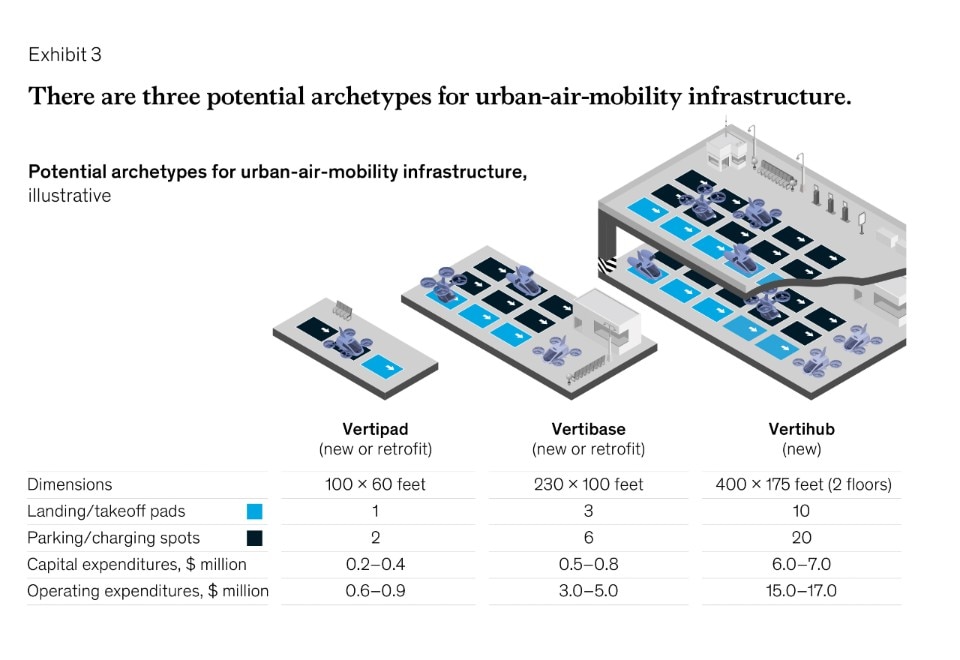
In other words, as a self-respecting Parisian, Luc Besson should have set The Fifth Element, with Bruce Willis and Milla Jovovich, in his hometown and not in New York in the year 2263, given Europe’s leap into the vanguard of electrical mobility as well as UAM. The British Isles are another focus. Hyundai Motor Group, the Coventry City Council, and the British Government worked together with Urban-Air Port to launch the first mini airport—Air One—in Coventry this year to demonstrate the potentials of UAM in the United Kingdom and the rest of the world. Urban-Air Port has plans to install over 200 modular airports in the next five years.
Next year, the first vertiport for passengers and cargo will provide access to the Irish sky thanks to Skyports, Avtrain, Shannon Group and Future Mobility Campus Ireland. The race to build vertiports has thus begun, but much will depend on which technology will prevail among the many that are being tested: many are staking their bets on VTOL craft that use technology that might remind you of a helicopter but is actually quite different. Some might be electrically powered — in which case they are referred to as eVTOL — and self-piloting. So we will be saying goodbye to the role of Korben Dallas, the taxi driver played by Willis in Besson’s film. When will we know? The presentation of various concepts at technology events or automotive or aviation fairs is followed by the selection of the winning designs and then test flights by the prototypes. The Chinese Ehang and the German Volocopter are putting money on Dubai, which will also feature tests of hoverbikes for the police, produced by Hoversurf, a Russian company with facilities in California. And Uber Elevate, led by Dara Khosrowshahi, with facilities in Dallas and Australia, has also chosen the United Arab Emirates to test its Urban Aviation Ride Sharing project, although the emphasis has faded a bit after the company made a grand presentation of projects for huge vertiports in the suburbs of large metropolises.
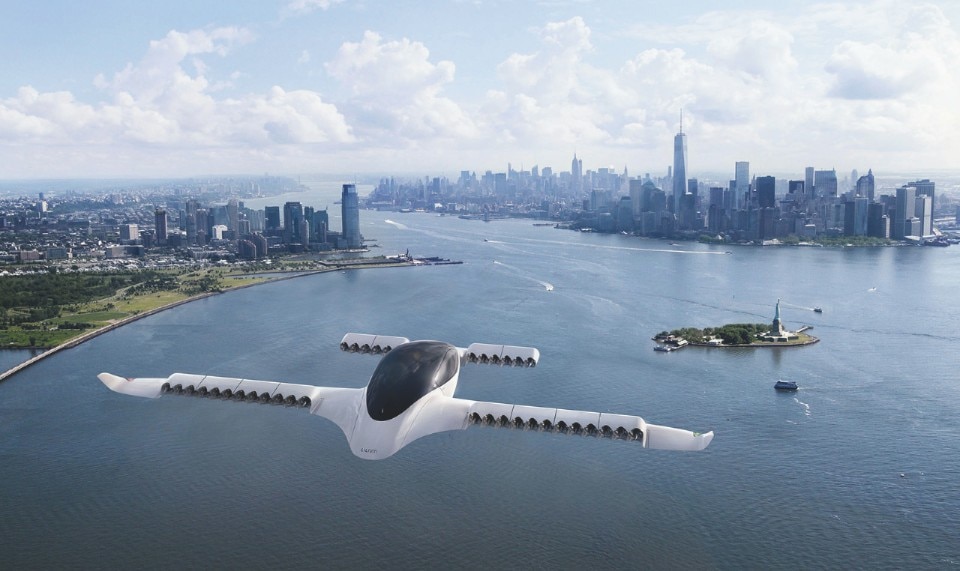
The choice of technology echoes to some extent that of the car of the future: the winning choices will be electric or hybrid, self-driving, and, as we have seen, almost always vertical take-off and landing, with aircraft generally seating 2 or 4, just like a classic taxi. But each designer has taken their own path to develop the flying vehicle of the future. Airbus, the European builder of aircraft — from the 100-110-seat A220s to the more than 850 seats on the now discontinued A380 — joined with Italdesign to propose the Pop.Up concept at the Geneva Motor Show three years ago, an electric, modular vehicle that normally travels on the road but can also attach to a 4-rotor unit and take to the sky. And Airbus has also flown its A3 Vahana prototype (named after a being that transports a Hindu deity). The show on Lake Geneva featured a three-wheeled flying car, the Pal-V Liberty, albeit powered by traditional fuel. The Dutch company that designed it calls it the first production model flying car and is awaiting certification, expecting to be the first. The automotive world also witnessed a foray by Aston Martin at the Farnborough Air Show of London with the Volante Vision Concept, a 3-seater VTOL vehicle with hybrid power that should have been developed by the automaker recently acquired by the Canadian billionaire Lawrence Stroll together with the British players Cranfield University, Cranfield Aerospace Solutions, and Rolls-Royce plc. But it seems Stroll is more interested in racing… The ones thinking about taking the race to the skies are the Australians of Alauda with their prototype Airspeeders.
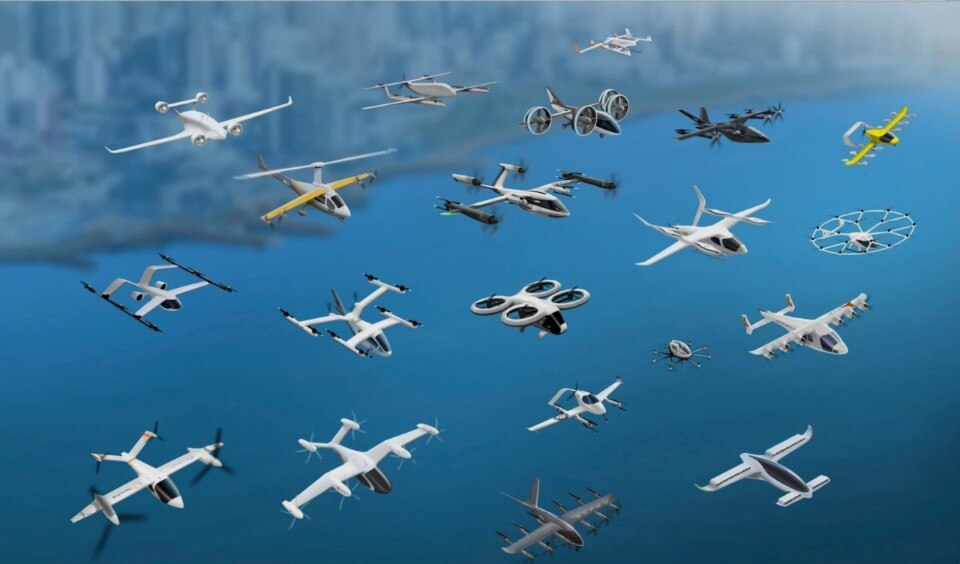
Automakers mean races, but also great interest in flying cars. Stellantis announced its alliance with Archer in grand style, Daimler invested some 30 million euros in the German company e-Volo for its multirotor one- or two-seater Volocopter, Toyota is supporting SkyDrive’s Cartivator programme to develop a four-rotor platform and also the consortium with Intel, Jet Blue, and the Capricorn fund for the Joby S4 Rachel project. And the Chinese Geely, which already controls Lynk, Lotus and Volvo, and has a large share of Proton, has acquired the American company Terrafugia and its hybrid TF-X. Talking about China, let’s go back to Ehang, a Chinese start-up headquartered in Guangzhou that has already made a name for itself in drones. Its Ehang 184 with eight electrical motors has already made an unmanned flight in Dubai and one with a passenger in China. Among other projects already at an advanced stage of development: Kittyhawk, founded by Google co-founder Larry Page, with Boeing created Wisk, which recently merged with Aurora Flight Sciences, to design a self-driving eVtol based on the hybrid Air Taxi Cora, with emergency parachute; the project of the German Lilium Jet, with a five-seater prototype that flew for the first time in May 2019 and which promises a top speed of over 300 km per hour and a range of almost 300 kilometers. And Goodyear has also entered the game with its Aero tyre, designed for VTOL applications. It incorporates rubber vanes that become rotors when oriented parallel to the ground.

